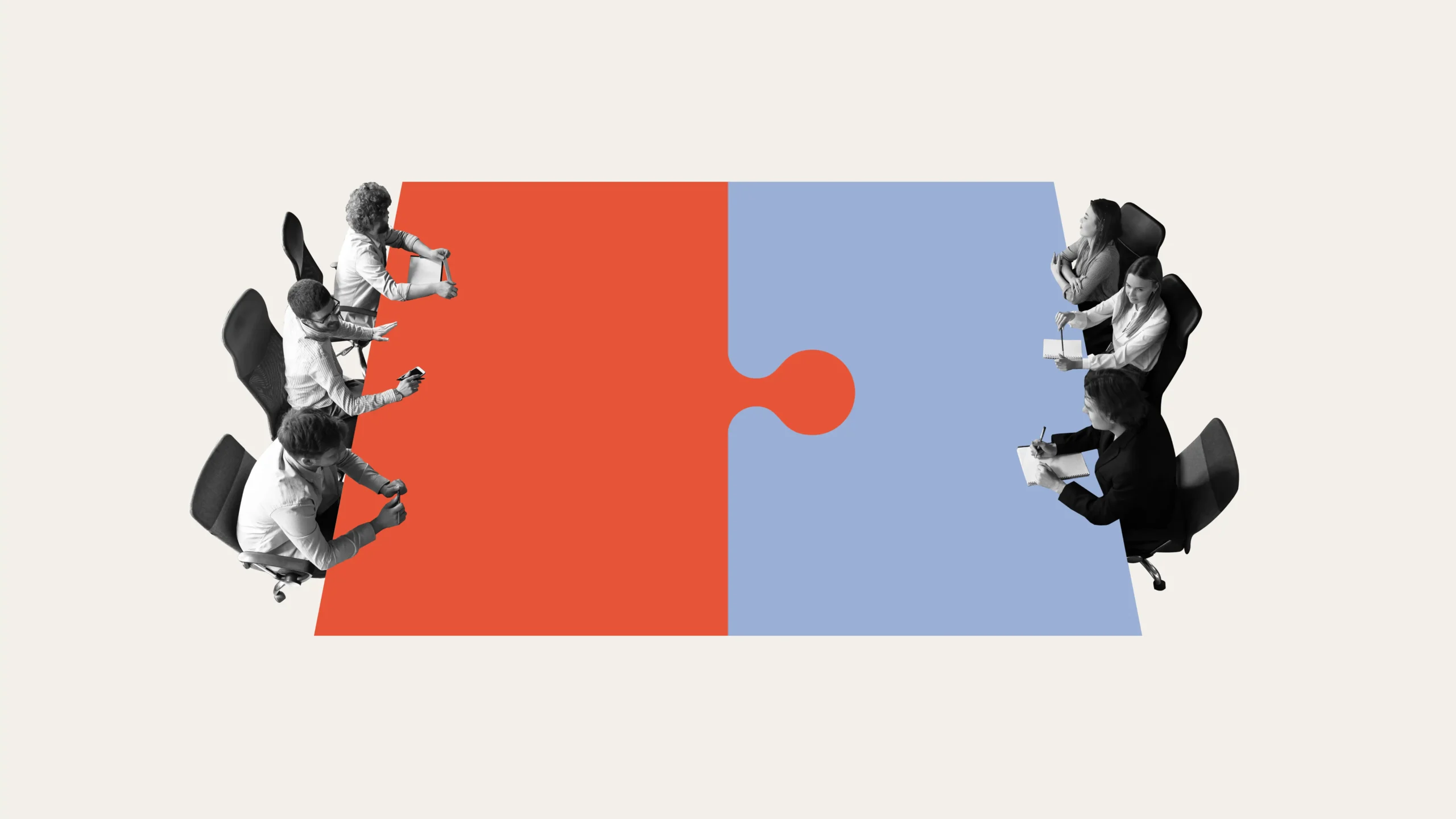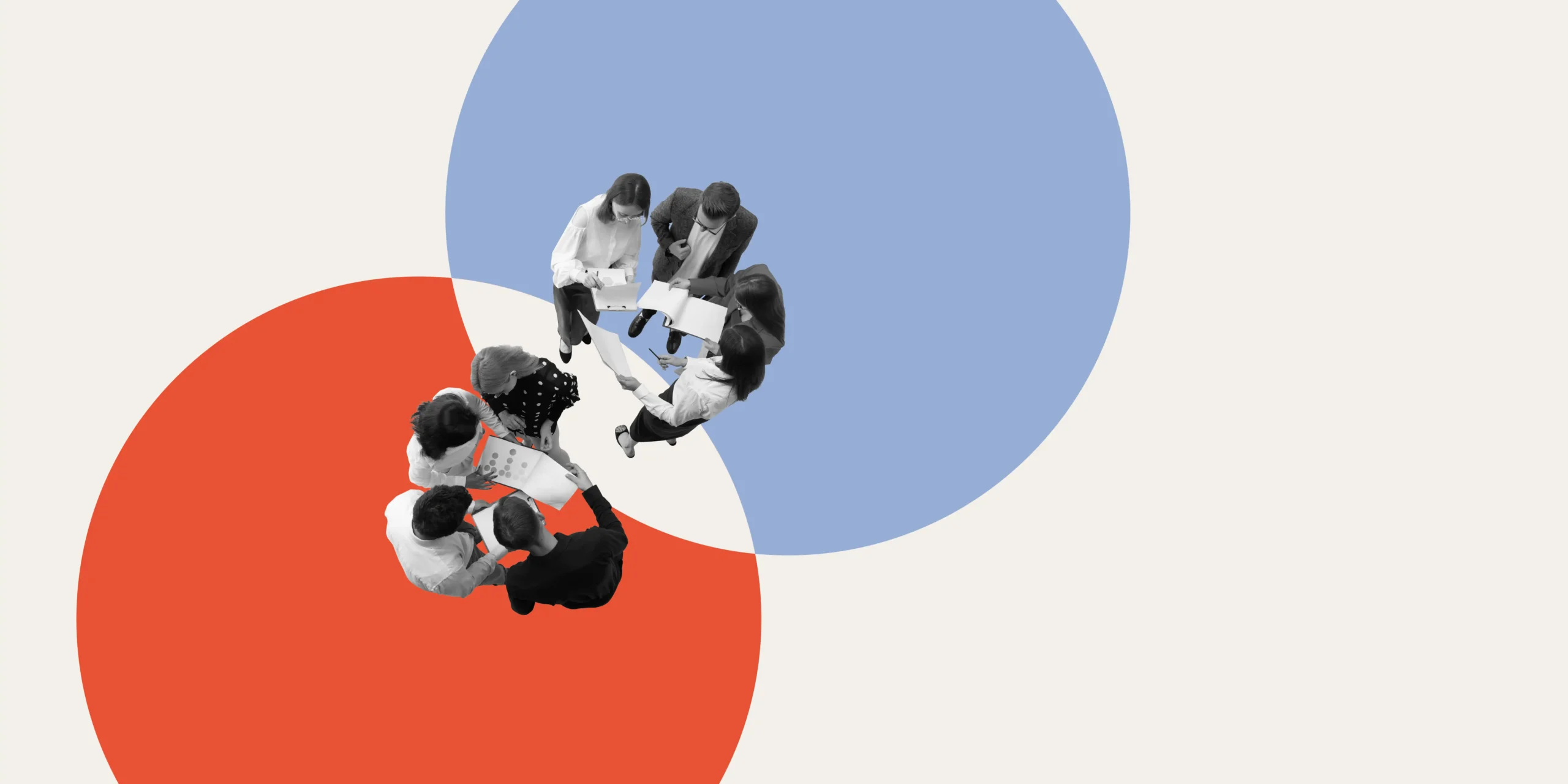When organisations prioritise diversity and inclusion, they help dismantle the unconscious barriers that can hinder collaboration and wellbeing – both within teams and across the organisation.
This not only improves workplace culture but also leads to better performance and stronger results.
Diversity and inclusion as a business strategy
Diversity and inclusion are often mentioned in the same breath, yet they represent two distinct perspectives:
- Diversity refers to the composition of the workforce – for example, gender, age, culture, and background.
- Inclusion is about ensuring that everyone feels respected and included within the community.
When organisations succeed in both areas, it strengthens their culture, fosters innovation, and enhances competitiveness. According to Danish Industry, efforts in diversity and inclusion positively impact structures, processes, and organisational culture:
“With just a few adjustments to your existing structures and processes, you can create a significant impact – including on your organisational culture.”
A future-ready organisation
Diversity is not just a social agenda – it’s a business imperative. Organisations that actively embrace differences gain access to a broader skill set, better problem-solving capabilities, and a deeper understanding of customer needs.
“Diversity is a resource that can contribute to a company’s development, success, and growth. It’s about unlocking and utilising employees’ varied competencies – for the benefit of both the business and the individual,” highlights Danish Industry.
Organisations that fail to prioritise this area risk falling behind – in recruitment, employee retention, and market position.
Competitive advantages through diversity
According to a 2019 McKinsey report, companies with over 30% female leaders are significantly more likely to outperform those with lower representation. This clearly demonstrates how diversity – and especially true inclusion – can translate into competitiveness:
“Diversity and differences can enhance a company’s competitive edge. New ideas emerge when organisations tap into the knowledge and perspectives of a diverse workforce – for example, by better understanding various customer types and entering new markets,” notes Danish Industry.
DiSC as a practical tool for inclusion
At People & Performance, we use DiSC as a practical method to foster understanding, acceptance, and inclusion. With Everything DiSC Workplace, you can strengthen team relationships and increase awareness of different behaviours and preferences.
“We often believe that our way of doing things is the right way – and that others are wrong. DiSC gives insight into how each of us is wired, enabling us to turn our differences into strengths,” explains Jesper Staack Krab, Partner at People & Performance.
When differences are understood and acknowledged, it leads to better collaboration, a stronger team culture, and more effective task execution.
Turning differences into strengths
DiSC serves as an inclusive development tool, helping employees and leaders understand and work with behavioural differences. It lays a strong foundation for a diverse and inclusive culture – one where there’s room for everyone, and where differences become a source of growth.
“Differences can be a limitation – but with DiSC, we gain a shared language that helps us understand why we clash, or why we work well together. It enables us to turn diversity into real value,” says Jesper Staack Krab.





